Sudanese cuisine tells a story of a country rich in history, culture, and tradition. It’s a blend of African, Arab, and even Ottoman influences that come together to create flavorful, hearty dishes. Yet, like much of Sudan, food culture has been deeply affected by years of conflict and instability. In a country torn apart by war, food insecurity has become a harsh reality for many. What once was a vibrant food scene is now a struggle for survival.
Before we dive into the impact of war on Sudanese cuisine, let’s first look at the basics. Sudanese meals are simple, often based on grains, beans, and vegetables. Sorghum is a staple, and dishes like kisra, a type of flatbread, are commonly served with mullah, a stew made with meats, legumes, or vegetables. This combo is filling and offers a satisfying meal, but in recent years, access to these ingredients has become a challenge.
Other classics include foul medames, a breakfast dish made with fava beans, and aseeda, a dense porridge-like dish. Tamiya, the Sudanese version of falafel, is also a favorite. Meat, especially lamb and goat, is often stewed, roasted, or grilled, and served with rice or couscous. These dishes form the foundation of Sudanese food, a rich mix of flavors and textures.
The Impact of War on Sudanese Cuisine
Sudan has seen decades of conflict, from the wars in Darfur to the North-South civil war and the eventual split of South Sudan. These wars have taken a severe toll on the country’s food systems. Farms have been destroyed, people displaced, and access to food has become harder than ever. The war has made it difficult for Sudanese people to grow their food and for goods to reach the cities. With roads damaged and markets disrupted, the price of food has skyrocketed, and basic ingredients have become scarce.
With inflation reaching unsustainable levels, many Sudanese families are now eating much less than they used to. What was once a diet rich in meats, vegetables, and grains is now often reduced to beans and rice. The food that was once readily available is now a luxury, and for many, the everyday meal has become a distant memory.
The result? A country dealing with widespread food insecurity. People struggle to afford basic ingredients. In urban areas, the cost of food has driven many into poverty. Even in the capital, Khartoum, many find it difficult to access the foods they’ve long relied on.
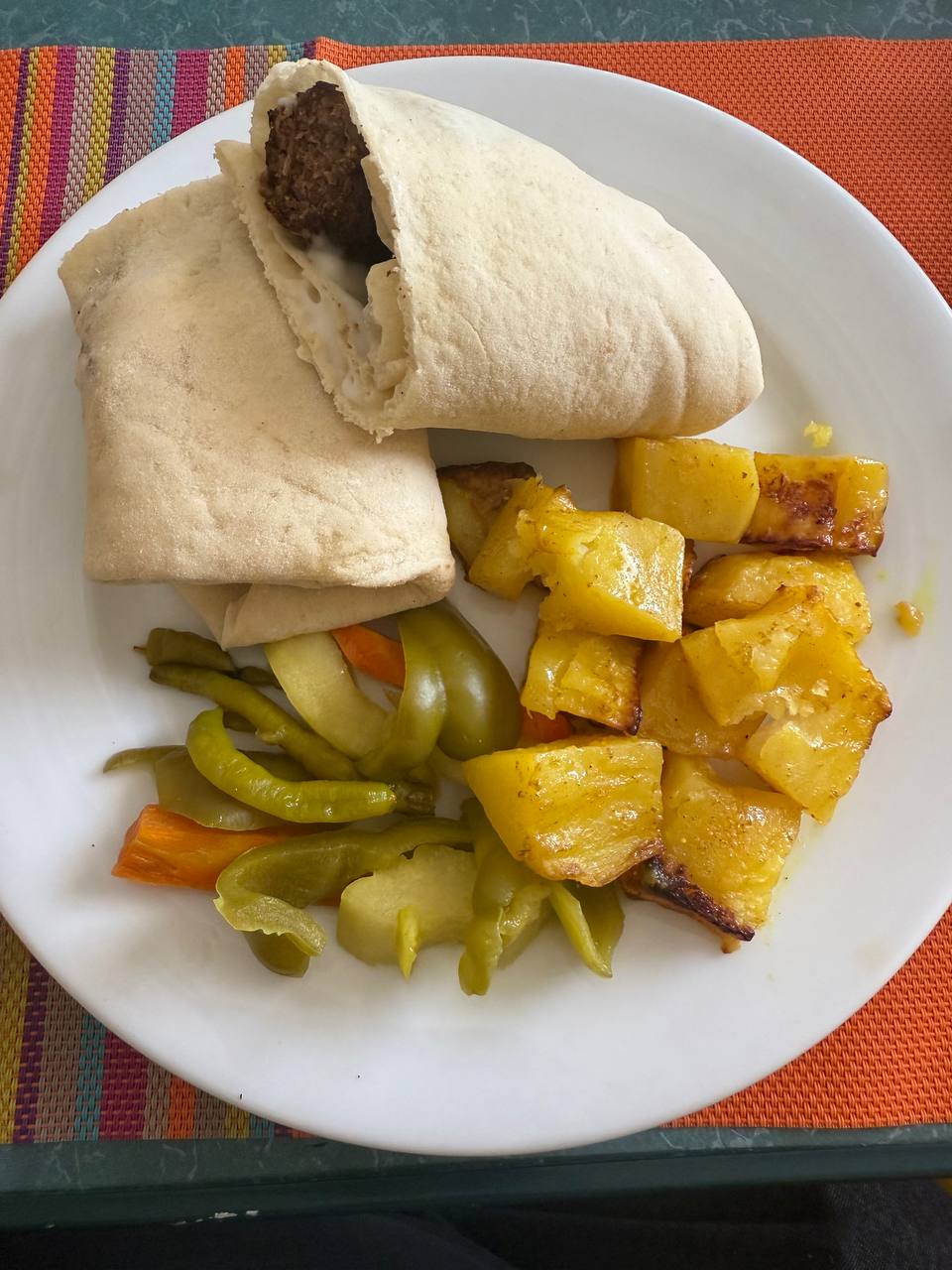
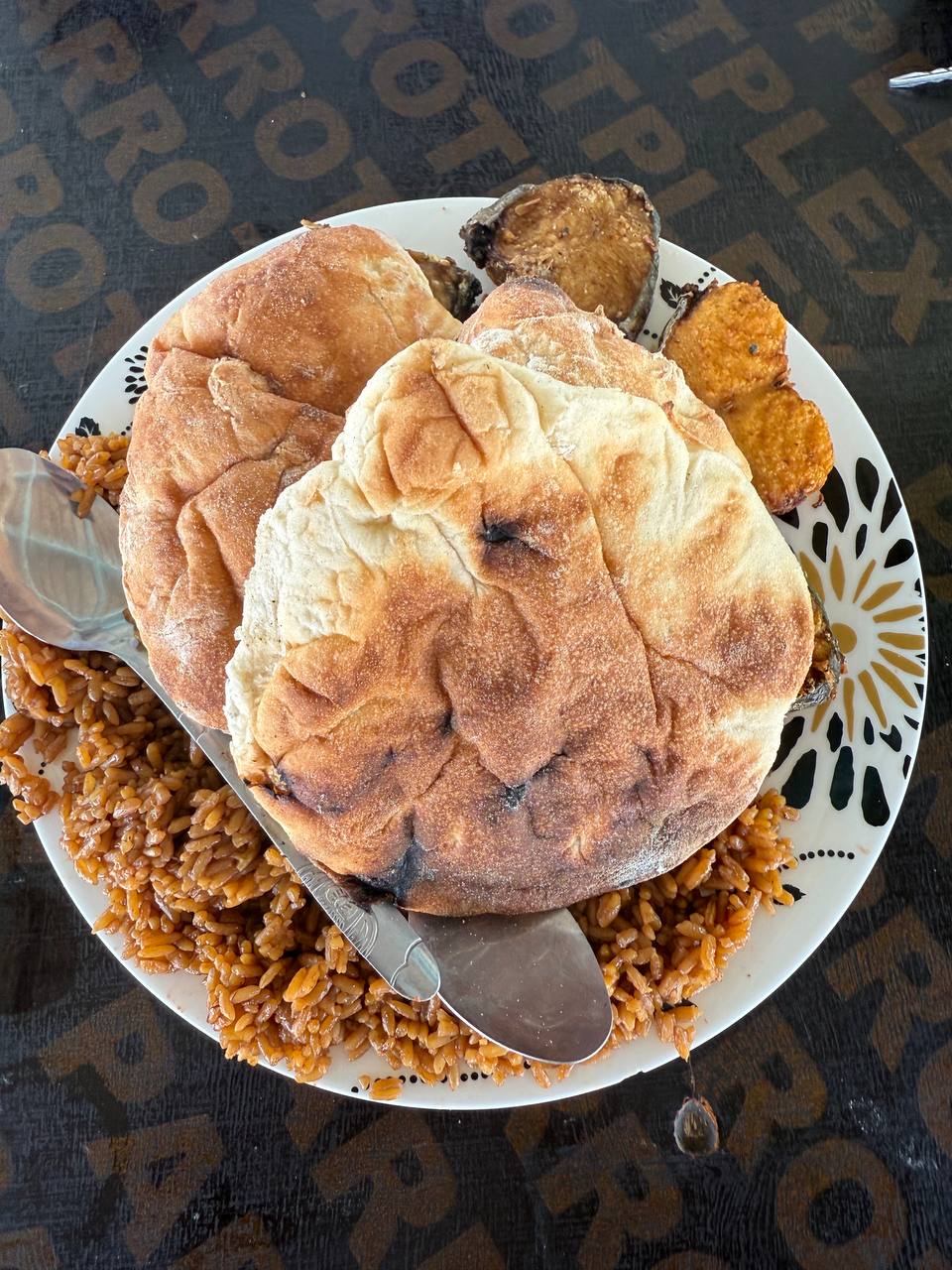
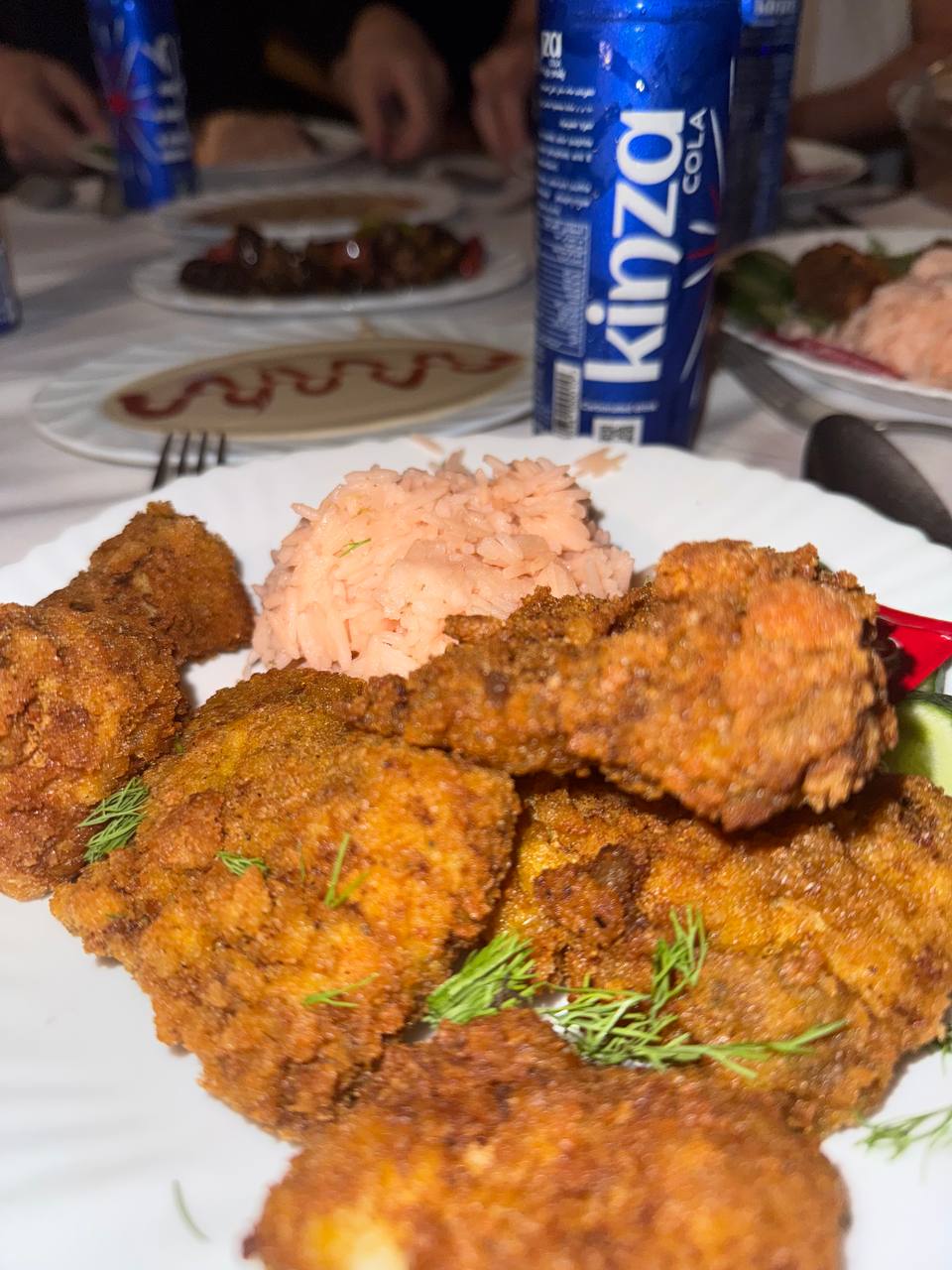
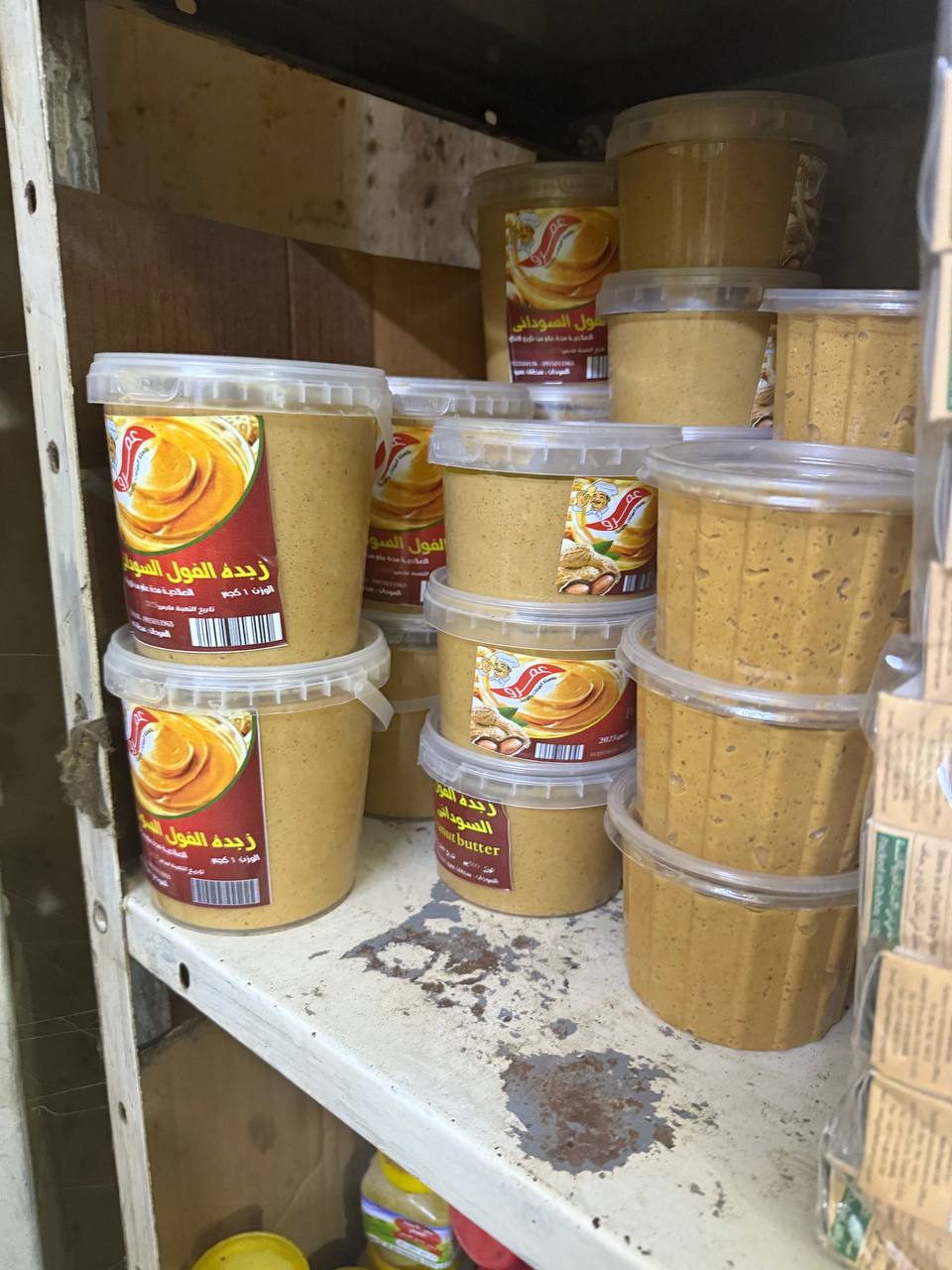
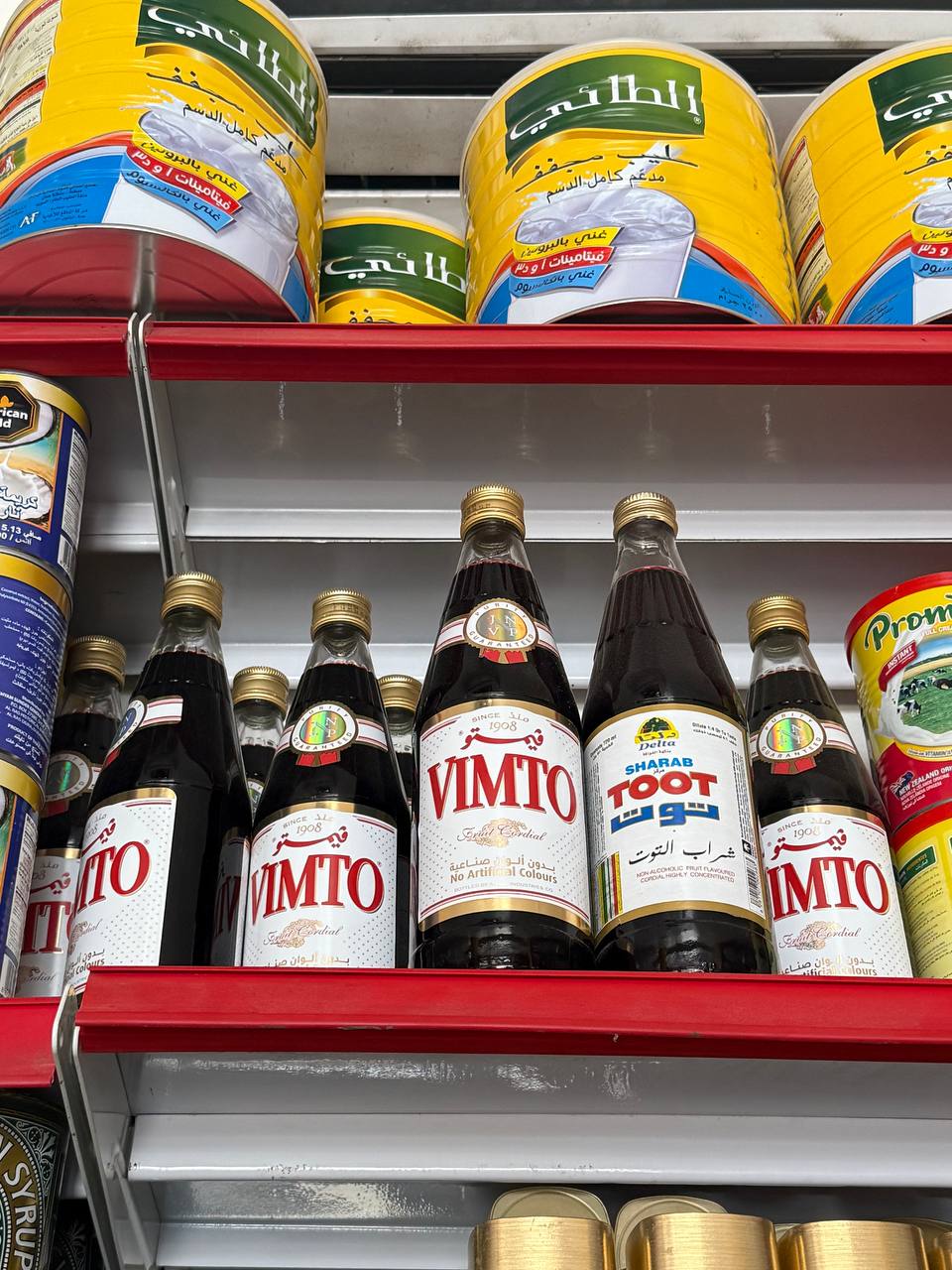

South Sudan’s Struggles with Food
When South Sudan split from Sudan in 2011, it hoped to build a better future. But like its northern neighbor, it soon found itself facing its own challenges with food security. South Sudan also suffers from conflict, making it hard for people to grow food, and its agricultural sector has collapsed. The difference is that, in South Sudan, international aid plays a larger role, though it’s not enough to solve the problem. The struggle to feed people is felt throughout both countries, but in South Sudan, the challenges are often a result of more direct conflict between the country’s factions.
In South Sudan, the food is similar to Sudanese food—sorghum, millet, and maize make up the base of the diet. Stews and porridges, often flavored with local spices, are common. Yet, the reality in South Sudan is just as harsh. Though the country is rich in land, it is difficult to cultivate food in the face of conflict. As a result, food availability is still limited, and many families depend on humanitarian aid to survive.
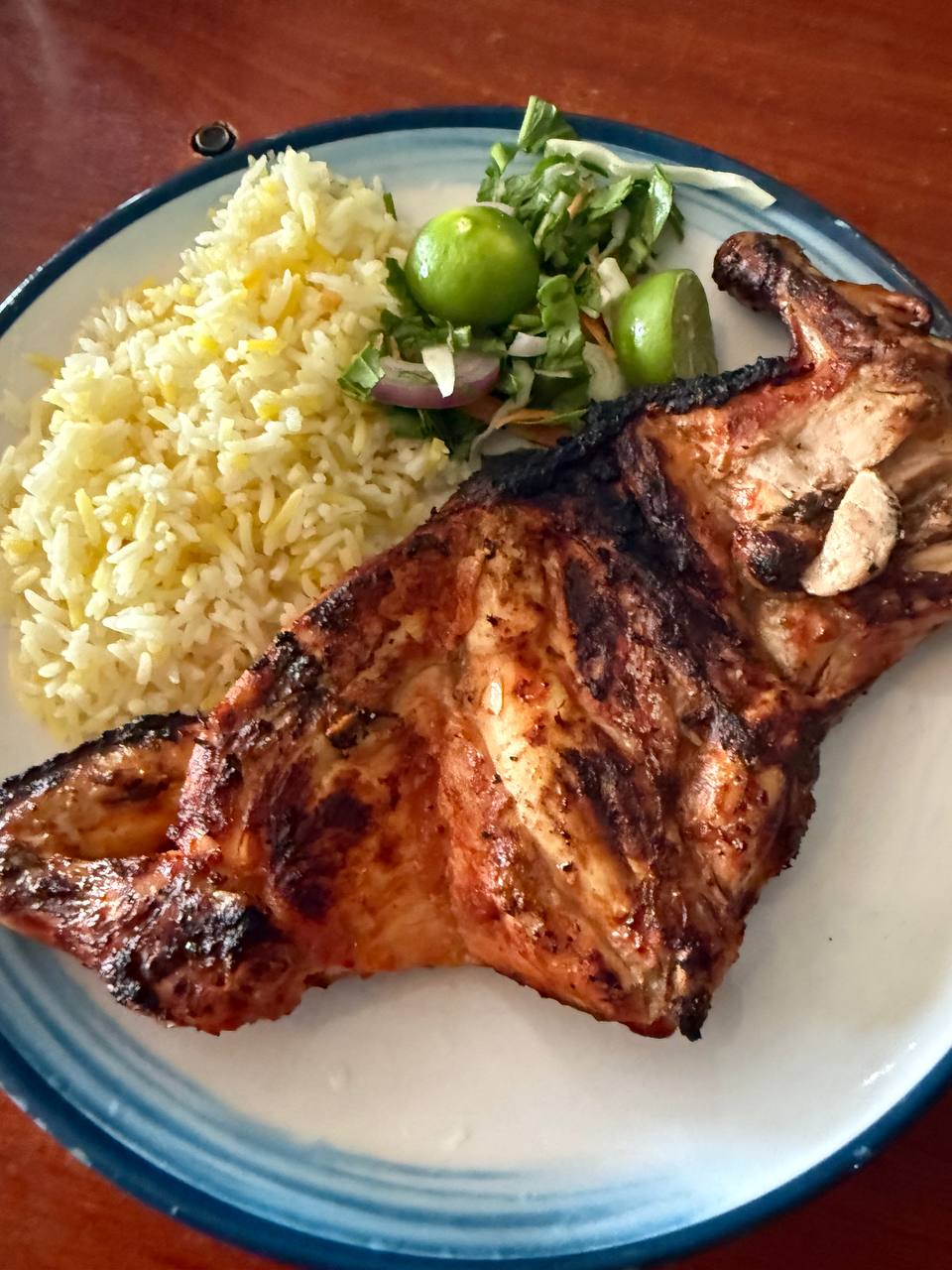
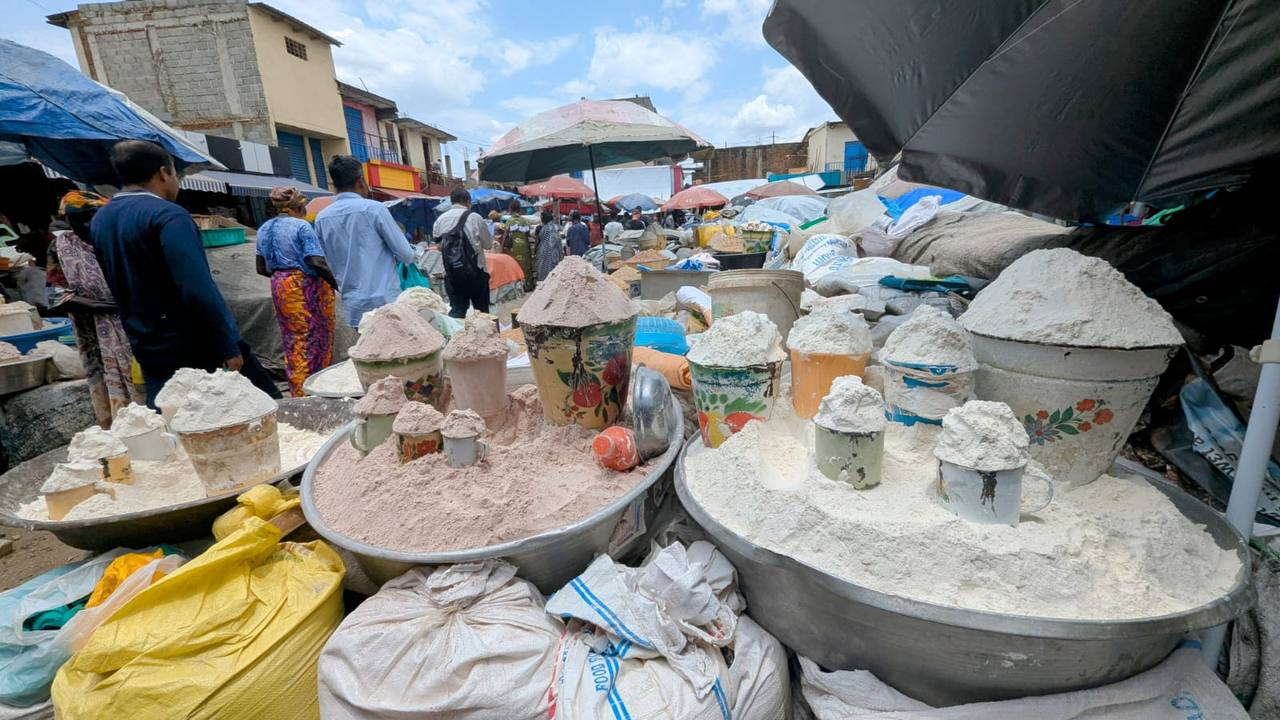
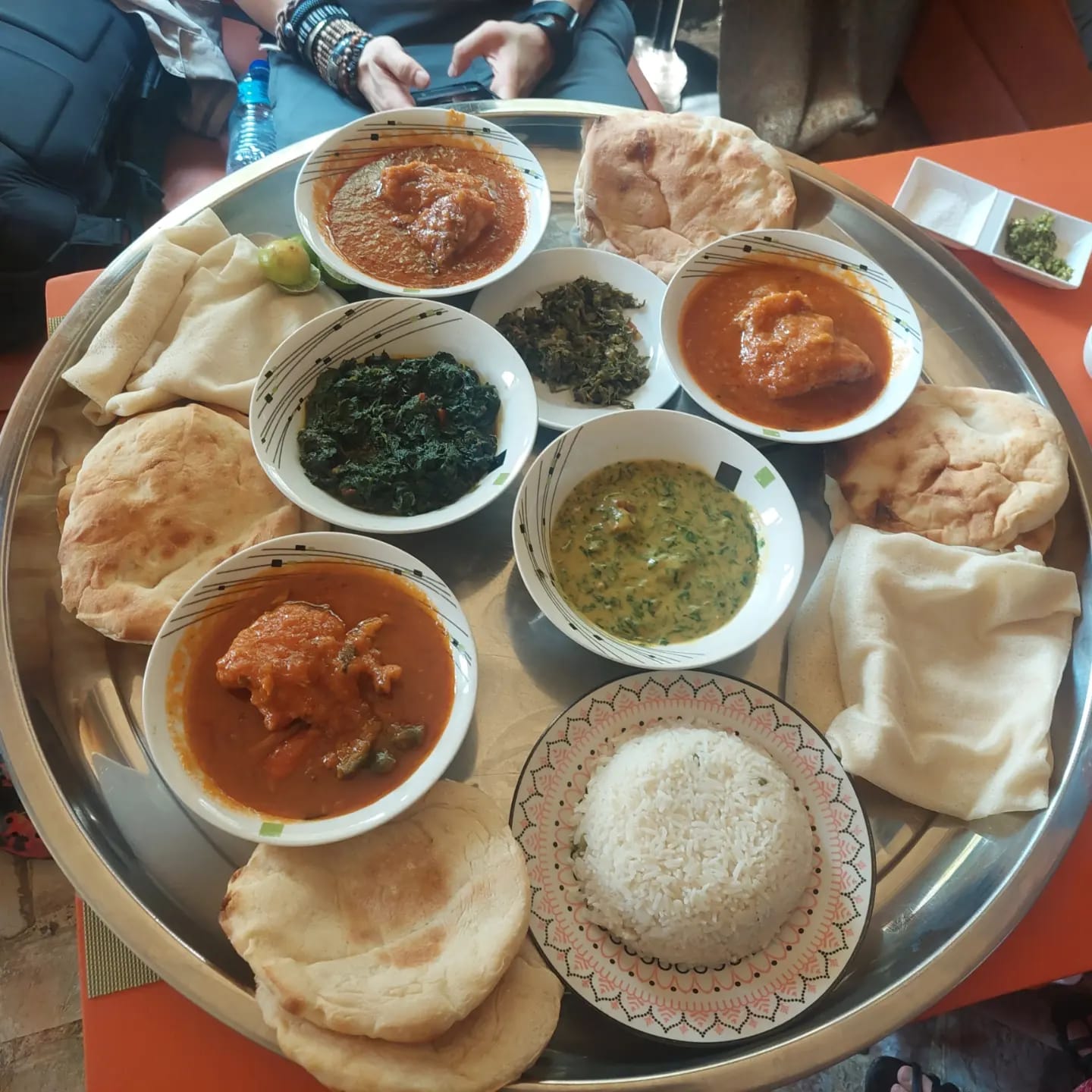
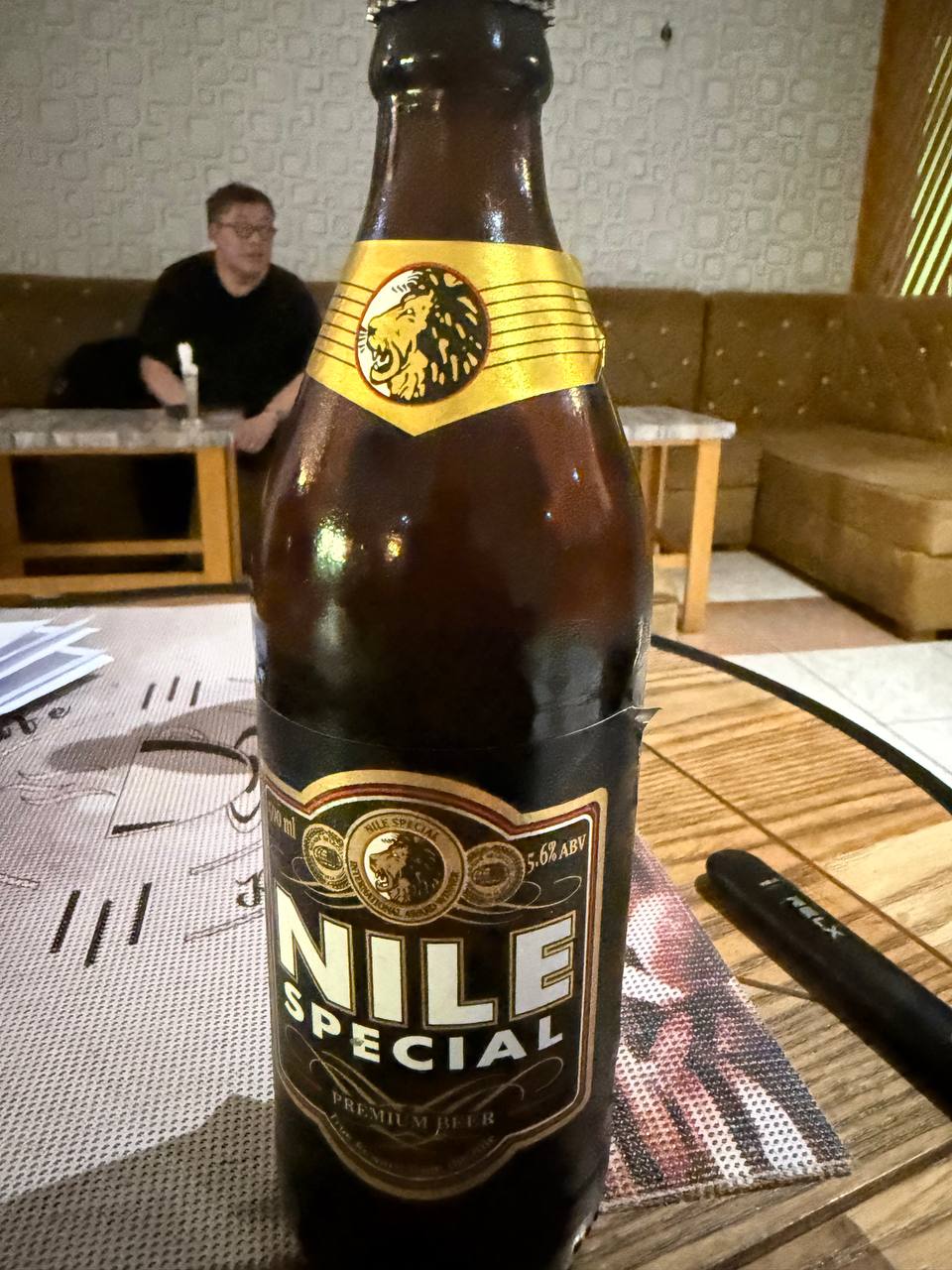
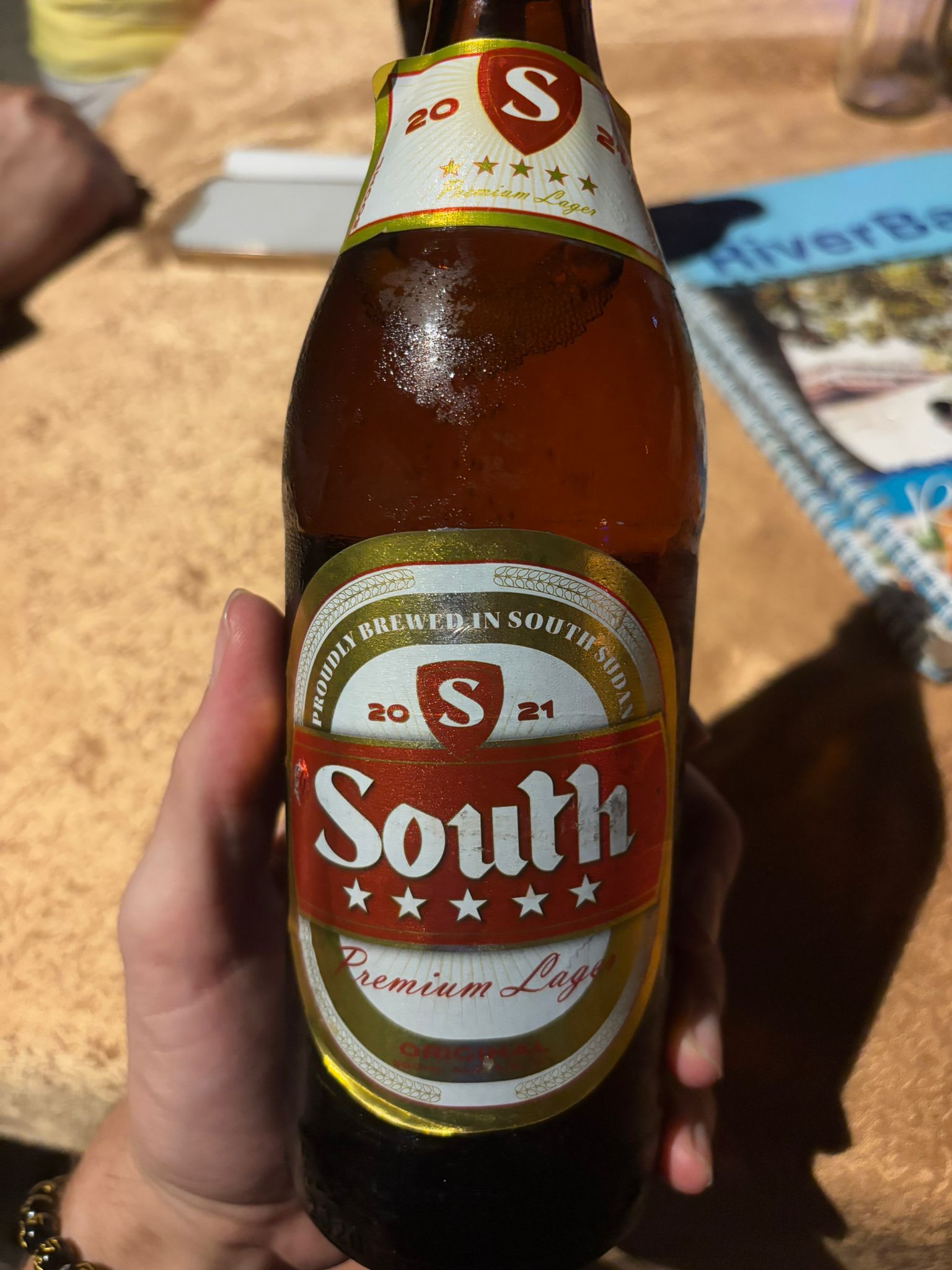
The Struggle for Ingredients
One of the most striking things about Sudanese food is how the war has affected access to its key ingredients. Sorghum, wheat, beans, and vegetables were once grown in abundance across the country. But these crops are no longer as easily available, and farmers who once worked the land have often been displaced by the violence. As a result, those living in urban centers like Khartoum struggle to find fresh vegetables and meats, with many relying on imports for their food supply.
Where access to fresh food is limited, people make do with what they have, cooking with whatever they can afford. Stews are often made from cheaper cuts of meat or even just beans and lentils. The lack of variety in the diet is one of the biggest challenges facing Sudanese families today.
Drinking in Sudan
Drinking in Sudan is technically illegal due to the country’s strict Islamic laws, which prohibit the sale and consumption of alcohol. However, as with many places where alcohol is banned, there’s always a way around the rules. In Sudan, particularly in more remote areas like Bir Tawil, you might come across locals who craft their own homemade moonshine.
Made from dates, this potent brew is a local favorite, despite its unofficial status. It’s said to have a surprisingly smooth taste that belies its rough production methods, offering a glimpse into Sudan’s underground drinking culture. While it’s not something you’ll find on the menu at a fancy restaurant, a friendly connection might just land you a sip or two. Just be sure to keep a low profile, as the country’s authorities are strict about alcohol, and getting caught could lead to serious consequences.
Click to read about the drinks of Sudan.
Eating in Port Sudan
Eating in Port Sudan is an experience full of vibrant street food and local flavors. The bustling streets are lined with vendors offering a variety of snacks, with kofta being a standout, grilled to perfection and bursting with flavor. The city’s seafood scene is fantastic, especially fresh fish caught right off the Red Sea. There are some excellent fish restaurants where you can enjoy perfectly cooked seafood in a laid-back atmosphere.
One of the more unusual sights in Port Sudan are goats that, rather hilariously, drink Coca-Cola—a local oddity you won’t soon forget. Despite the presence of many international NGOs, Port Sudan doesn’t really have much of an international dining scene. The food remains deeply rooted in Sudanese culture, offering authentic, hearty meals. So, while the city might not offer international cuisine, the local food is rich, satisfying, and full of character.
Click to read about the food of South Sudan.
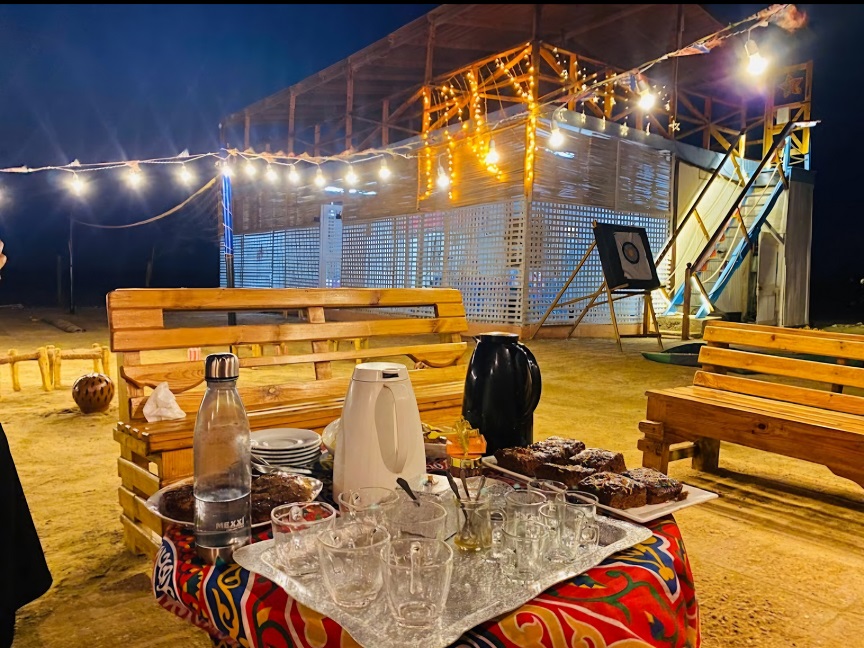
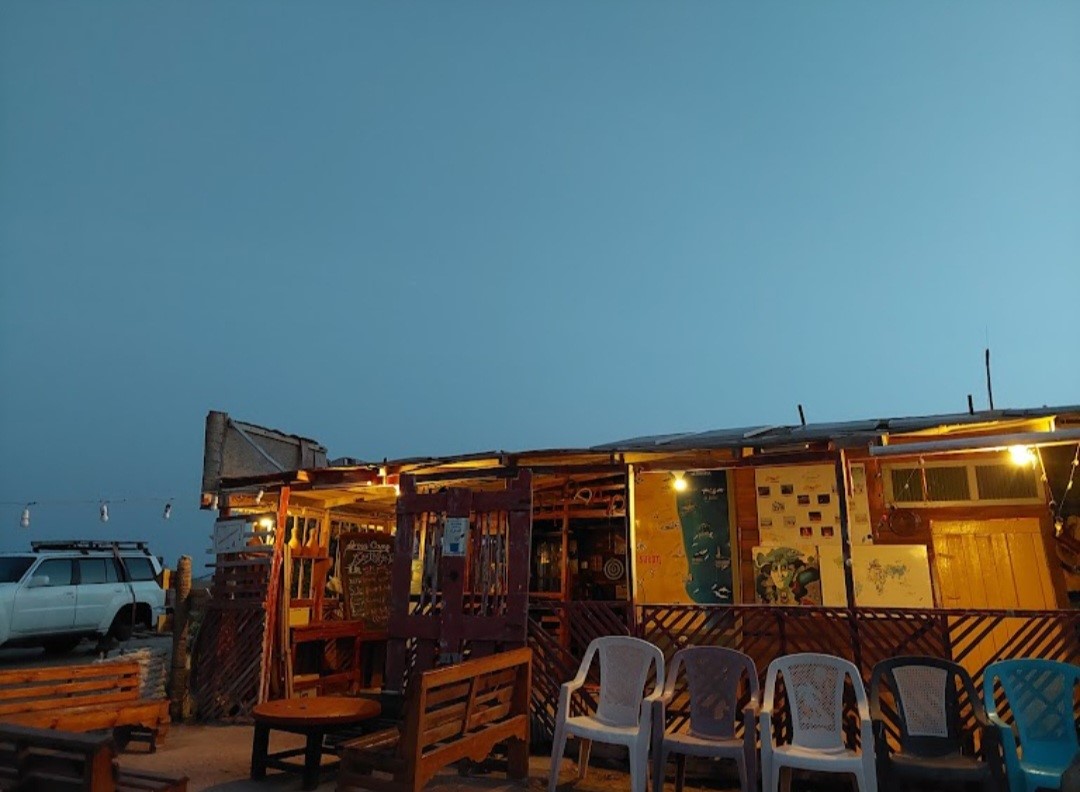
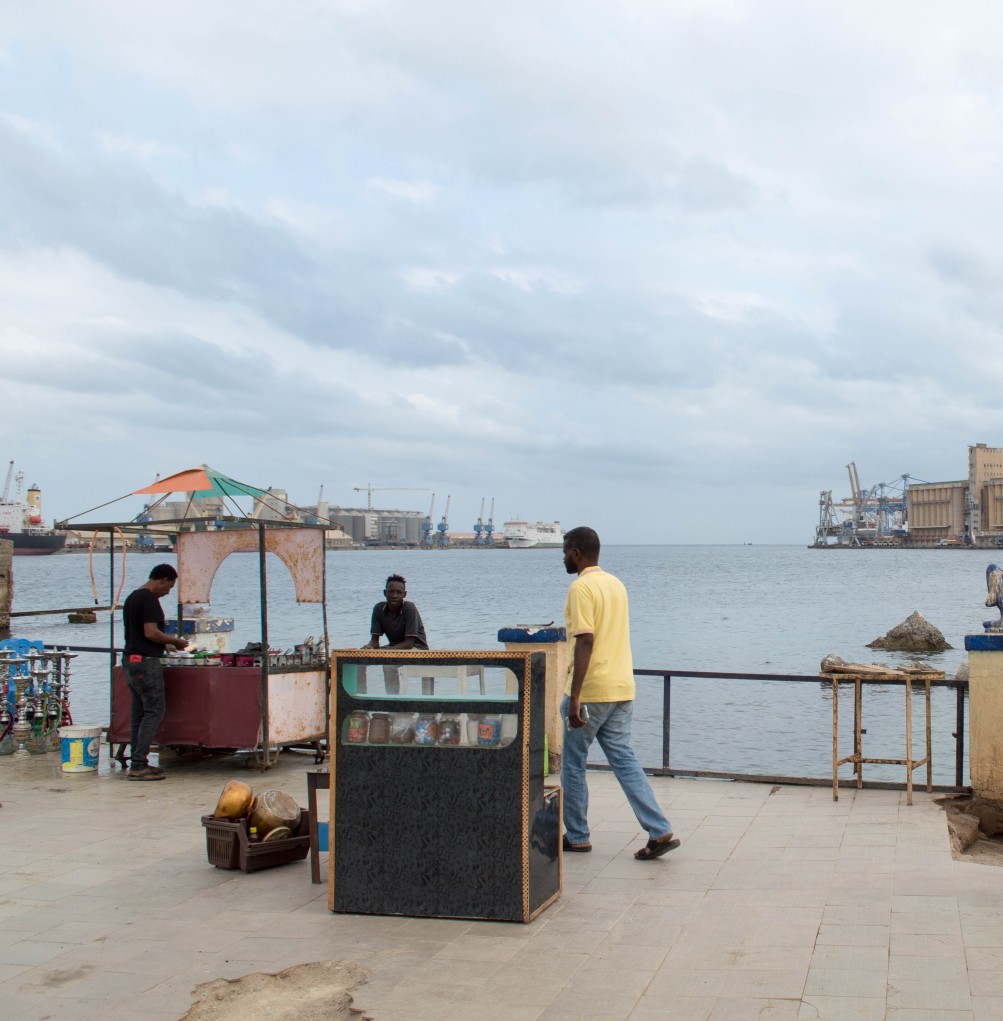
Conclusion: The Heart of Sudanese Cuisine
Sudanese cuisine is a reflection of the country itself: diverse, rich, and resilient. The ongoing conflict has reshaped the food landscape, but it hasn’t completely wiped out Sudan’s culinary traditions. People still eat, still cook, and still gather around the table, despite the hardships they face. The struggle for food may be real, but so too is the strength of the Sudanese spirit.
While the future remains uncertain, Sudanese cuisine will continue to be a testament to the resilience of the people who live there. Whether in the face of war or economic hardship, Sudan’s food culture shows that even the toughest challenges can’t erase the rich flavors and traditions that define a nation.
Click to see our Sudan Tours.





